This post contains affiliate links. For more information, see my full disclosure policy.
Repetition is key in medical school. Some concepts are just plain memorization while others are more intuitive. Either way, it will take more than just a single pass to get any content down. This is where I feel outside resources come into play. There is a huge variety of study resources out there for medical students and it may take some time to figure out which ones work best for you. Here are some that I’ve used:
1. First Aid for the USMLE Step 1
First Aid is the bread and butter resource you need for medical school, especially Step 1. This book goes through high yield concepts split into general principles and organ systems. There are definitions, tables, diagrams and more to convey these concepts. In addition, it provides study tips and mentions other top rated review sources. Since this study resource is more Step 1 focused, it shouldn’t be your only resource for your unit exams. I tend to use this closer to my unit exams in order to review the important concepts, rather than to learn them for the first time.
I recently found First Aid Step 1 Express Videos by USMLE Rx. These are videos from the authors of First Aid in which they go through and explain the facts from First Aid. I like that there is a different format for the same resource. I plan to use both, the videos first, then the book for further review. However, depending on your learning style one may work better for you than the other.
2. Physeo
I use Physeo to hammer down the physiology. This is one of the study resources I didn’t use for foundation courses, as it is really more oriented towards the organ systems rather than general principles. I like Physeo because it has videos split up by specific topics within the physiology pertinent to each organ system. Some of the videos are rather lengthy, since the creators took the time to fully explain each topic as well as provide clinical applications. This has become my new main resource in the beginning of a block, to build a solid base in physiology. I have found that many of the study resources out there are focused on pathology and clinical application. Physeo allows me to get a better handle on the basic physiology before I delve deep into the pathology, pathophysiology, and pharmacology.
3. Sketchy Medical
Sketchy is my go to resource for microbiology and pharmacology. I was definitely skeptical at first, even though all the upperclassmen raved about it. After watching one video I realized what all the hype was about. Sketchy Medical is particularly helpful for Step or shelf exams. The videos provide high quality visual pneumonics for high yield USMLE topics within microbiology, pharmacology, and the newest, pathology. They present many buzzwords that are super helpful for clinical vignettes, but may not be as commonly seen in unit exams. Nonetheless, I am a very visual learner, so the format really resonates with me. This may not be the same for everyone, but I think it’s definitely worth a try at least once. I was truly amazed how much I was able to recall even if I only got the chance to watch a video once.
I’ve started using SketchyPath, but I’m currently still on the fence about it. The videos tend to be longer and more packed with information. I feel that makes it more difficult to recall the small details within the entire image and I would rather see more, shorter videos. This is also just a nature of the subject matter. I will continue to use this, but I will also be adding in other pathology sources to fill in the gaps. There is another study resource with a similar format, Picmonic, but I haven’t used it yet.
4. Boards and Beyond
Boards and Beyond is a great resource to supplement lectures on pathophysiology and clinical applications. They do also have basic physiology, but the majority of their videos are pathology. I use this after the relevant lectures to get another pass through of the information in a different way, rather than repeating lectures. It’s important to note though, there will likely be more information presented than is relevant to your course work and you should always refer back to lecture notes to see what will be tested on unit exams. I find this study resource helpful in initially explaining difficult concepts rather than as a review before exams. I’m not quite there yet, but I also feel I will use this even more as I begin studying for Step 1.
5. Complete Anatomy
Complete Anatomy is one of many excellent study resources for your anatomy & physiology courses. This is an app that can be downloaded to your computer, tablet, or phone. The downside is that each platform is an individual app, so you can’t just buy it once if you want to use it on multiple devices. Personally, I use it on my iPad only and I feel that it’s perfect on there. Since I almost always have my iPad on me, it’s not an issue.
This app allows you to see all the structures of the body in 3D. You can isolate structures or look at multiple structures at the same time. It also has more information about each structure; you can see how muscles move, the innervation, and the blood supply. There are also quizzes, questions, and courses available or you can make your own. This app is an excellent study resource to compliment your anatomy course.
Determine what works for you.
Every person is different and it is important, especially in the beginning, to discover your unique learning style. You might try one of these out and think I’m completely crazy for suggesting it, and that’s okay! I am a visual learner and so these study resources in particular truly help me. If you are more auditory, then listening but not watching might be best. If you need to write things down, that’s good too. You can use these resources and many others in different ways, customizing your studying.
Regardless, I encourage you to at least try out these resources as well as any others you may come across. You never know what will make it click. It may take more than one and I personally feel that going through the material in different ways helps tremendously. Happy studying!
What do you use? Let me know below!
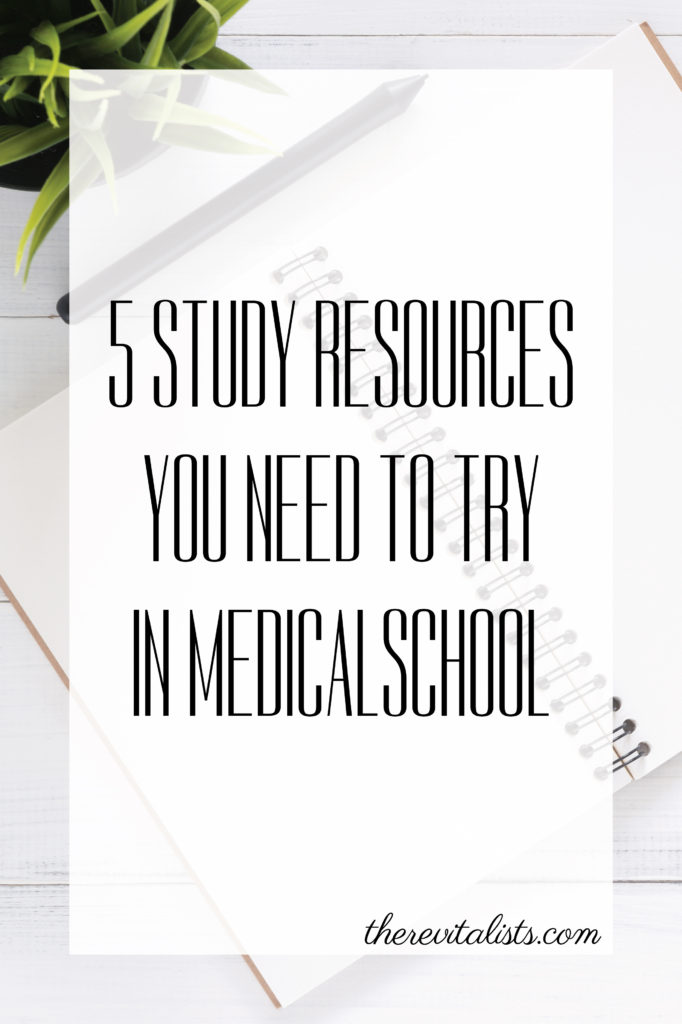
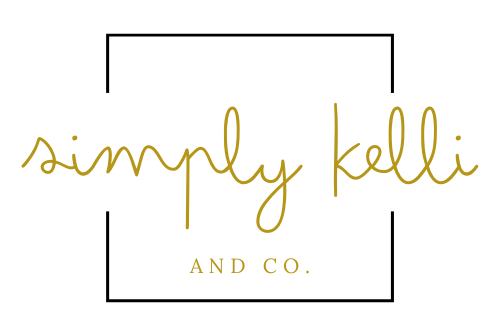
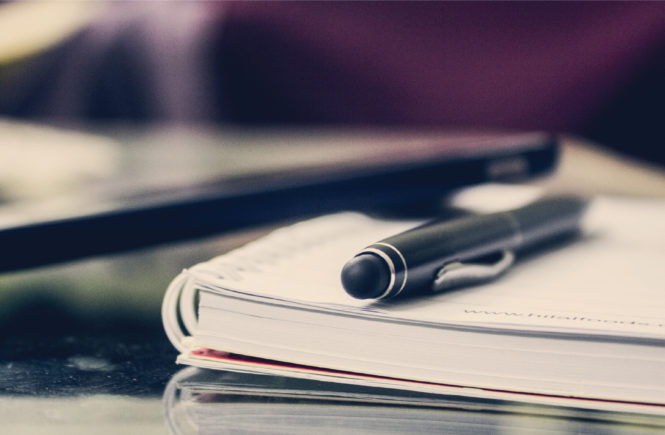

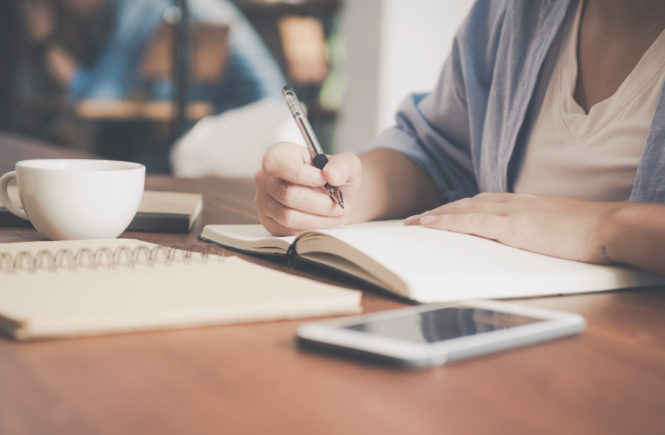
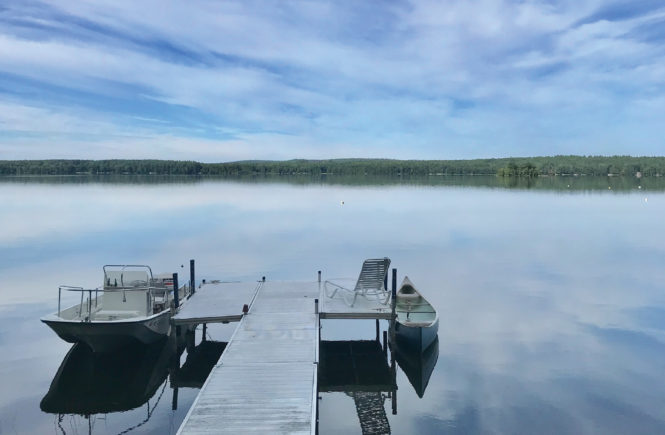
3 Comments
Definitely gonna try some of these.. thank you😋
Like!! I blog quite often and I genuinely thank you for your information. The article has truly peaked my interest.
https://waterfallmagazine.com
What’s up, I read your blog like every week.
Your humoristic style is awesome, keep it up!